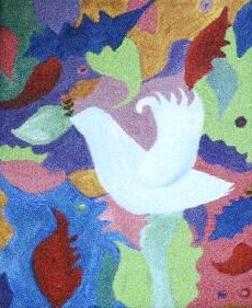 This week marks the eight-year anniversary of online literary magazine The Write Place at the Write Time, founded July 3rd 2008. In those eight years, the journal has been read in 80 countries, and the editors have published 29 issues with over 338 contributors of ranging ages, cultures, and publication credits. More than producing a literary magazine, the editors have also organized projects throughout the years, such as a Filmed Poetry Reading, a Pay-It-Forward Initiative, a Twitter Tales experiment where a group of writers created a story via tweets, and more.
This week marks the eight-year anniversary of online literary magazine The Write Place at the Write Time, founded July 3rd 2008. In those eight years, the journal has been read in 80 countries, and the editors have published 29 issues with over 338 contributors of ranging ages, cultures, and publication credits. More than producing a literary magazine, the editors have also organized projects throughout the years, such as a Filmed Poetry Reading, a Pay-It-Forward Initiative, a Twitter Tales experiment where a group of writers created a story via tweets, and more.
To celebrate the anniversary, check out the Spring/Summer 2016 issue, which includes new fiction, poetry, nonfiction, and art, with an anniversary scrapbook that looks back at past anniversaries. The Writers Craft Box features an opportunity for writers to explore the significance of numbers for a prize, and in interviews, Tracy Chevalier, author of Girl with a Pearl Earring, discusses her latest novel, At the Edge of the Orchard, as well as the themes found in her work.
Happy anniversary, The Write Place at the Write Time. We at NewPages wish you many more years to come.

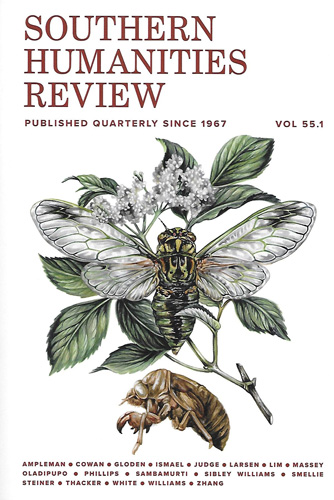 The newest issue of
The newest issue of 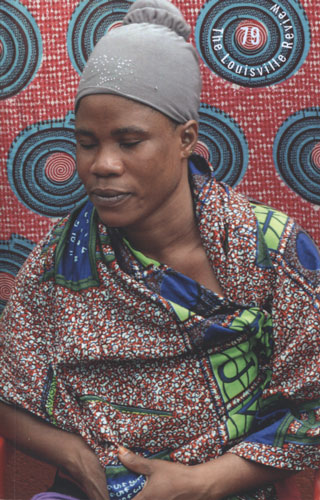 The Louisville Review
The Louisville Review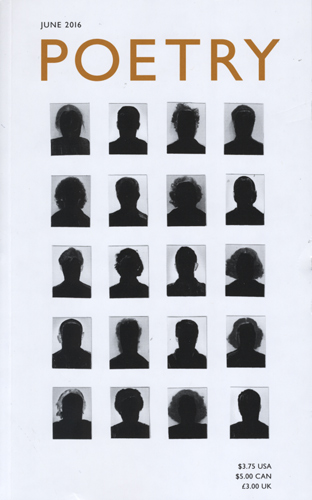 The June 2016 issue of Poetry features cover art by Anna Maria Maiolino. On Harriet: The Blog, Fred Sasaki provides more information about this artist who, it turns out, also creates visual and written poetry with all her works considered to be “poetic actions.”
The June 2016 issue of Poetry features cover art by Anna Maria Maiolino. On Harriet: The Blog, Fred Sasaki provides more information about this artist who, it turns out, also creates visual and written poetry with all her works considered to be “poetic actions.”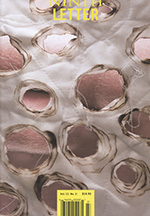 Among the blue-font decorated pages of the latest issue of
Among the blue-font decorated pages of the latest issue of 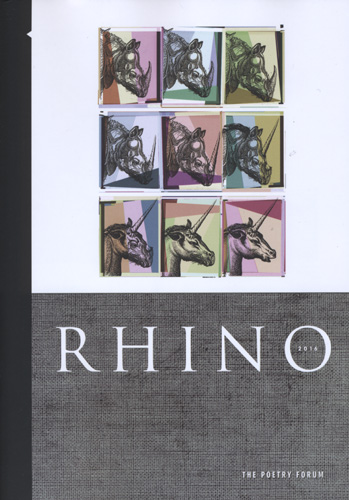 The 2016 issue of
The 2016 issue of  The Spring/Summer 2016 issue of
The Spring/Summer 2016 issue of 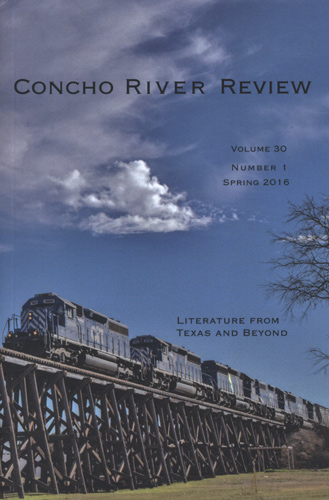 Concho River Review recently launched their Spring 2016 issue which marks the beginning of their 30th year of publication. With the first issue released in the spring of 1987, founder Terry Dalrymple expected the journal to last for only five years. Now, he estimates CRR has published around 7000 pages throughout the years with 250 pieces of fiction, 900 poems, 200 pieces of nonfiction, and 300 book reviews. Whew!
Concho River Review recently launched their Spring 2016 issue which marks the beginning of their 30th year of publication. With the first issue released in the spring of 1987, founder Terry Dalrymple expected the journal to last for only five years. Now, he estimates CRR has published around 7000 pages throughout the years with 250 pieces of fiction, 900 poems, 200 pieces of nonfiction, and 300 book reviews. Whew! 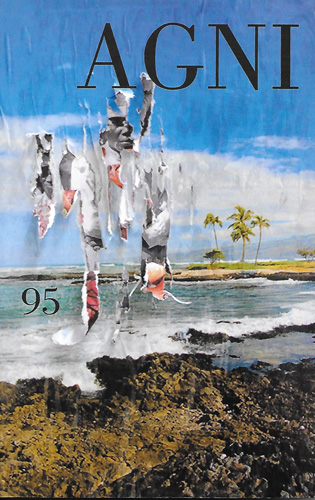
 Issue number 11 of
Issue number 11 of 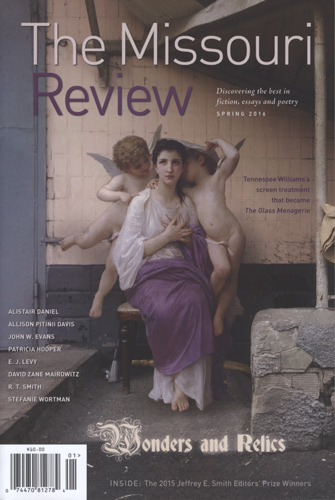 The Spring 2016 issue of The Missouri Review is titled “Wonders and Relics” and some of the wonders readers can find in the issue include the winners of the 2015 Jeffrey E. Smith Editor’s Prize.
The Spring 2016 issue of The Missouri Review is titled “Wonders and Relics” and some of the wonders readers can find in the issue include the winners of the 2015 Jeffrey E. Smith Editor’s Prize.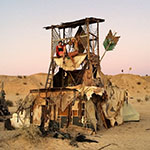 Monica Canilao’s art is featured on the cover of
Monica Canilao’s art is featured on the cover of 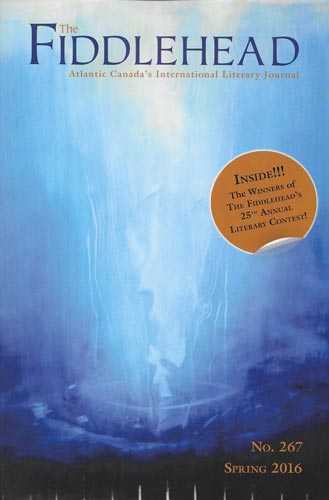 The Spring 2016 issue of The Fiddlehead features the winners of their 25th annual literary competition:
The Spring 2016 issue of The Fiddlehead features the winners of their 25th annual literary competition: In addition to the open poetry contributions,
In addition to the open poetry contributions, 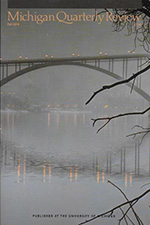 The Spring 2016 issue of
The Spring 2016 issue of  Crab Fat Magazine
Crab Fat Magazine The spring/summer 2016 issue of
The spring/summer 2016 issue of 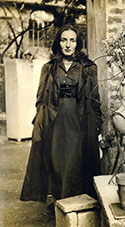 Poet Lore
Poet Lore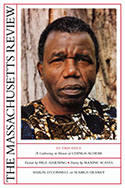 Chinua Achebe fans: You’re going to want the newest issue of
Chinua Achebe fans: You’re going to want the newest issue of 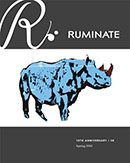 The Spring 2016 issue of
The Spring 2016 issue of 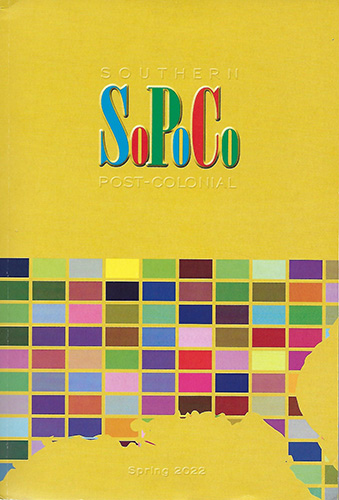 I normally try to focus my blog notes on one “something” per lit mag per post, but the newest issue of
I normally try to focus my blog notes on one “something” per lit mag per post, but the newest issue of 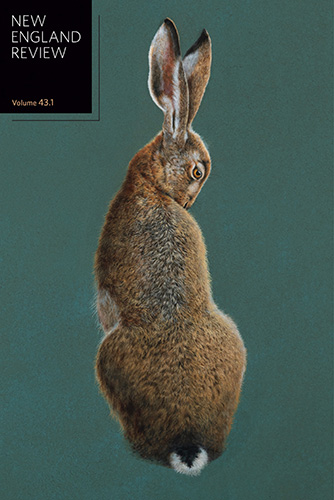 New England Review
New England Review The newest issue of
The newest issue of 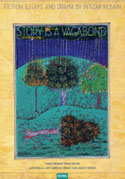
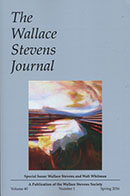 The newest issue of
The newest issue of 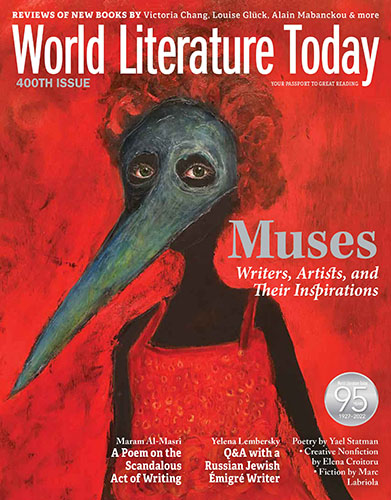 Guest edited by Bill Kartalopoulos, “International Comics” is the theme of the March-April 2016 issue of
Guest edited by Bill Kartalopoulos, “International Comics” is the theme of the March-April 2016 issue of 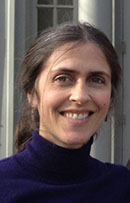
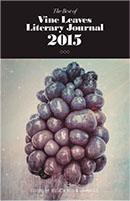
 Arcadia
Arcadia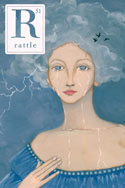 For
For 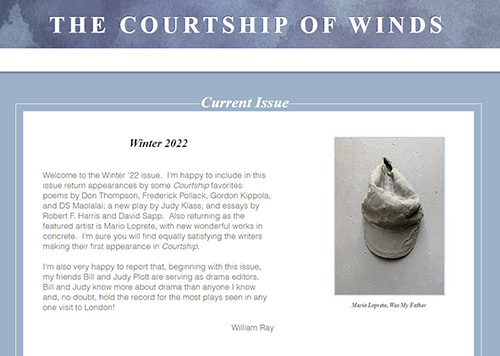 The inaugural issue of the revived
The inaugural issue of the revived 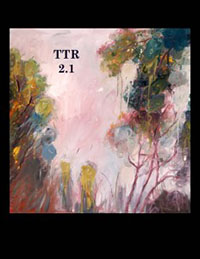
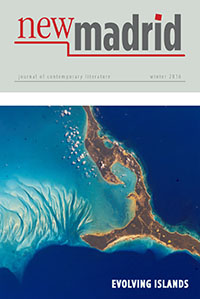 The theme for
The theme for 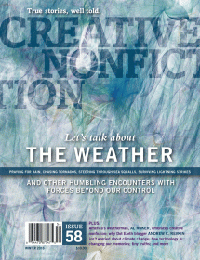 In keeping with
In keeping with 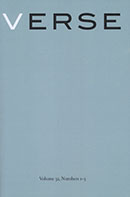 Since 2009,
Since 2009,  Prism Review
Prism Review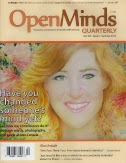
 Gabe Herron: You have to forget time because it’s going to take how long it takes, not one minute longer, not one minute less.
Gabe Herron: You have to forget time because it’s going to take how long it takes, not one minute longer, not one minute less. World Literature Today
World Literature Today Michigan-based
Michigan-based 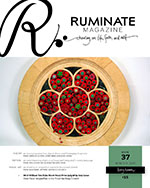 The Winter 2015 issue of
The Winter 2015 issue of 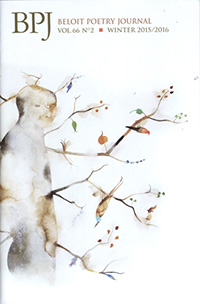 The Winter 2015/2016 cover of
The Winter 2015/2016 cover of 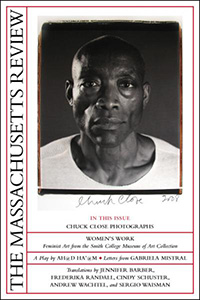
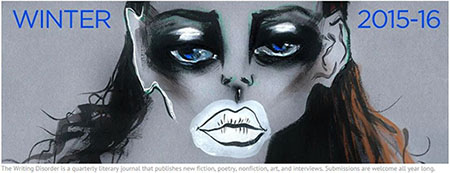 It would appear that human faces have captured my attention for this week’s picks.
It would appear that human faces have captured my attention for this week’s picks. 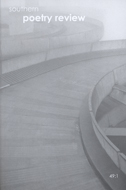
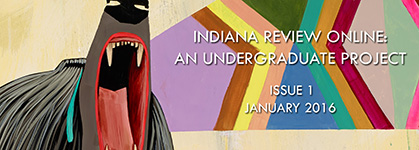 Issue 1 of
Issue 1 of 
 The newest issue of
The newest issue of 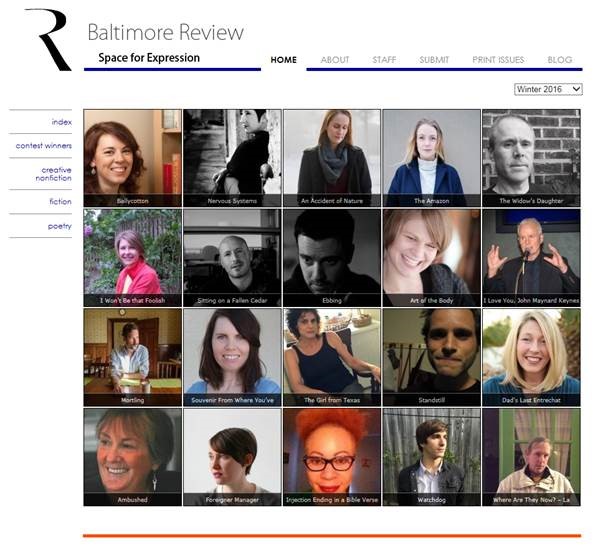 Baltimore Review
Baltimore Review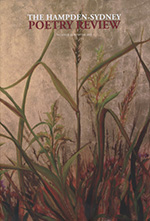 In every issue,
In every issue,